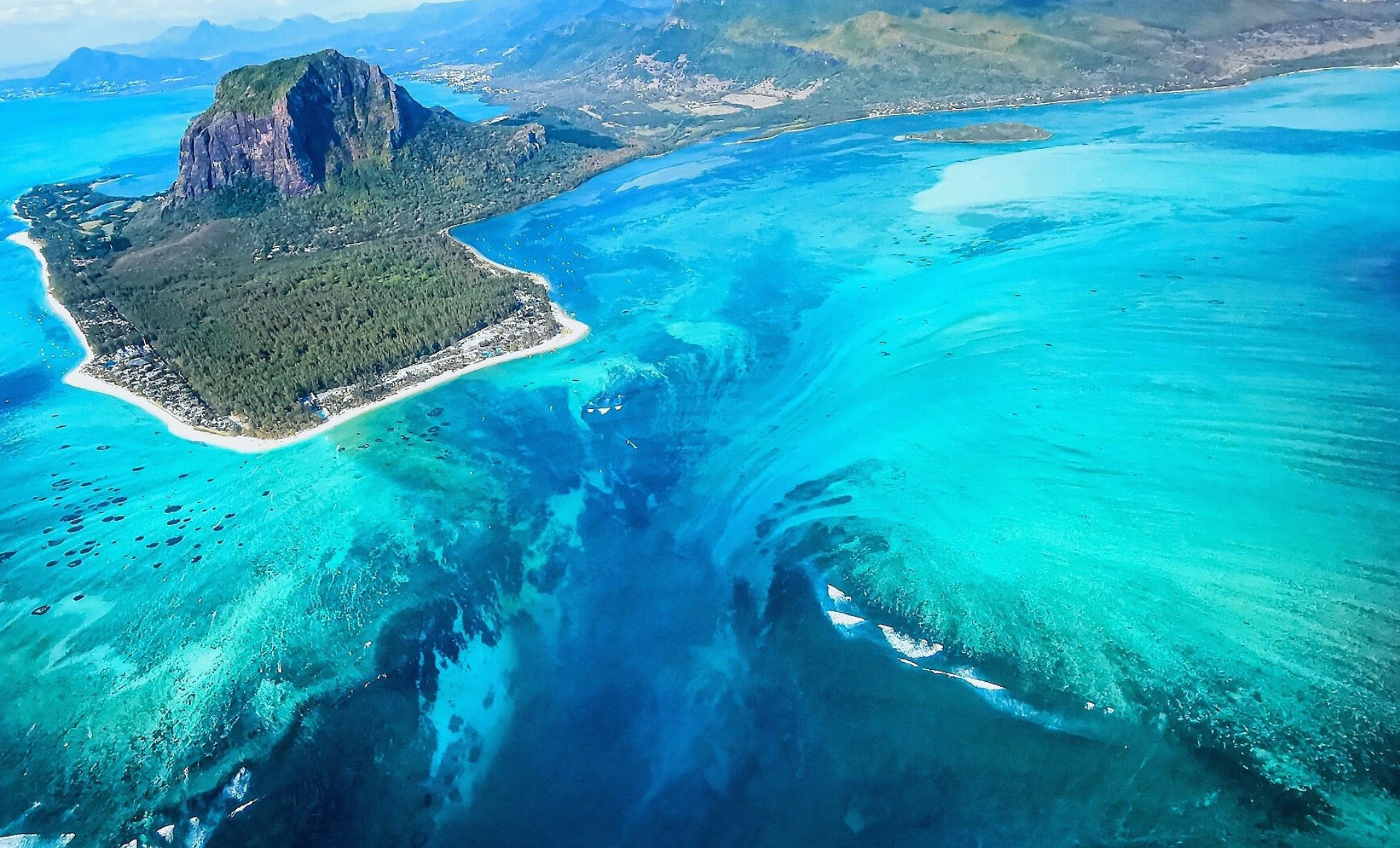
The World’s Biggest Waterfall Is Hiding in the Ocean… And It’s Far Bigger Than Niagara Falls!
How did your country report this? Share your view in the comments.
Diverging Reports Breakdown
The World’s Biggest Waterfall Is Hiding in the Ocean… And It’s Far Bigger Than Niagara Falls!
The Denmark Strait cataract is an oceanic phenomenon that dwarfs even the tallest land-based waterfalls. Stretching over 11,500 feet, this underwater giant remains out of sight, yet its influence on Earth’s climate is anything but invisible. As climate change accelerates, the cataracts flow may be altered. Researchers are tracking these changes, as they could influence global weather patterns, from ocean temperatures to the strength and path of hurricanes. The role of the polar regions in the Earth’s oceanic system requires a closer look at the essential role of these regions in shaping global climate. The polar areas are like the heart of the oceanic circulatory system. They pump cold, dense water into the great oceanic troughs through the ‘heartbeats’ made by overflows of dense water. These movements influence the climate but also have profound effects on marine ecosystems which depend on deep currents to bring nutrients to the surface.
The Hidden Giant: Denmark Strait Cataract
The Denmark Strait cataract is an oceanic phenomenon that dwarfs even the tallest land-based waterfalls. Unlike conventional waterfalls that form when rivers spill over cliffs, this submarine cascade operates under completely different principles. The waterfall starts thousands of feet beneath the surface, where denser, colder water from the Nordic Sea crashes downward into the Atlantic Ocean. As this water moves, it spreads out, creating a flow of over 3.2 million cubic meters of water per second—vastly exceeding the flow of the Amazon River.
Despite its enormous size, the Denmark Strait cataract remains concealed beneath over a half-mile of seawater. It operates silently, with no roar or mist to mark its presence above the surface. The water travels over a submerged ridge, a geological feature left behind by glaciers during the Last Ice Age. The ridge serves as the tipping point for the cataract’s incredible plunge, setting off a flow that is far more massive than any waterfall we can see on land.
Climate Change and the Largest Waterfall
The impact of the Denmark Strait cataract extends beyond its size. As it funnels cold, dense water from the Nordic Sea into the Atlantic, it plays a critical role in regulating Earth’s climate. This process supports the Atlantic Meridional Overturning Circulation (AMOC), which distributes heat and nutrients around the globe. Without this process, the weather patterns we rely on, from the mild winter temperatures in Europe to the life-sustaining plankton in the oceans, would be drastically different.
However, as climate change accelerates, the cataract’s flow may be altered. Researchers are tracking these changes, as they could influence global weather patterns, from ocean temperatures to the strength and path of hurricanes. Marine scientist Anna Sanchez Vidal highlights that changes in oceanic processes are already observable in regions like the Catalan coast. “A good example is on the Catalan coast, where the decrease in the number of tramontane days in winter in the Gulf of Lion and north of the Catalan coast is causing a weakening of this oceanographic process, which is decisive in regulating the climate and has a great impact on deep ecosystems.”
As warming Arctic waters affect the salinity and temperature differences that drive the flow, the Denmark Strait cataract’s once-steady torrent may begin to slow or change, leading to significant shifts in ocean dynamics.
Credit: NOAA
The Role of Polar Regions in Earth’s Oceanic Circulation
Understanding the Denmark Strait cataract requires a closer look at the essential role of the polar regions in the Earth’s oceanic system. These areas are where dense water masses—formed by the freezing of sea ice—sink to the ocean floor, setting off the vast currents that shape global climate. David Amblàs from the Department of Earth and Ocean Dynamics at the University of Barcelona explains that, “The poles are the regions where most of the dense water masses – generated by the formation of sea ice at the surface – eventually reach the global ocean floor.”
Amblàs adds that, “The polar areas are like the heart of the oceanic circulatory system: they pump cold, dense water into the great oceanic troughs through the ‘heartbeats’ made by overflows of dense water.” These movements not only influence the climate but also have profound effects on marine ecosystems, which depend on these deep-sea currents to bring nutrients to the surface.
Source: https://dailygalaxy.com/2025/07/worlds-biggest-waterfall-is-hiding-ocean/
